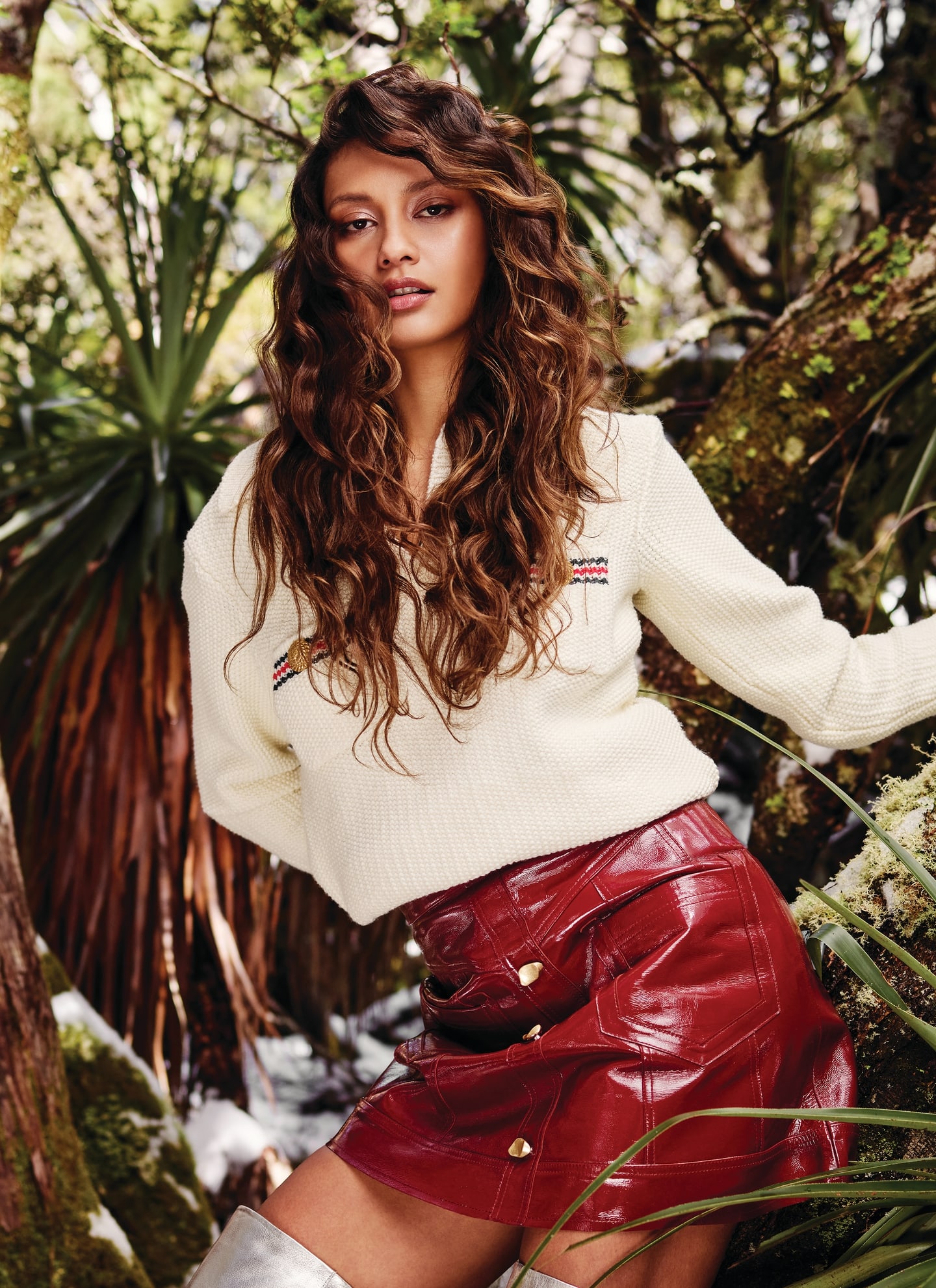Tips for Styling Your Texture Type
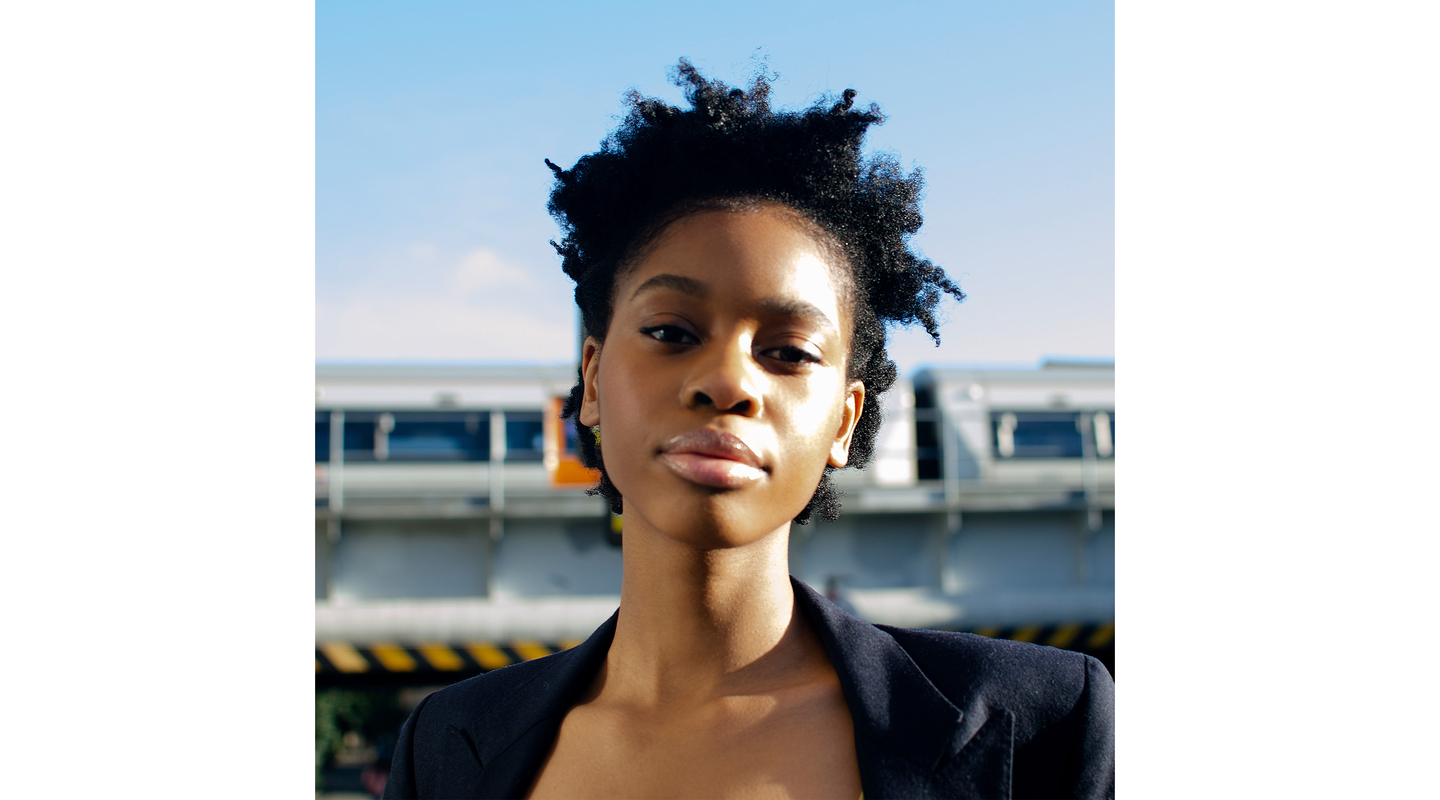
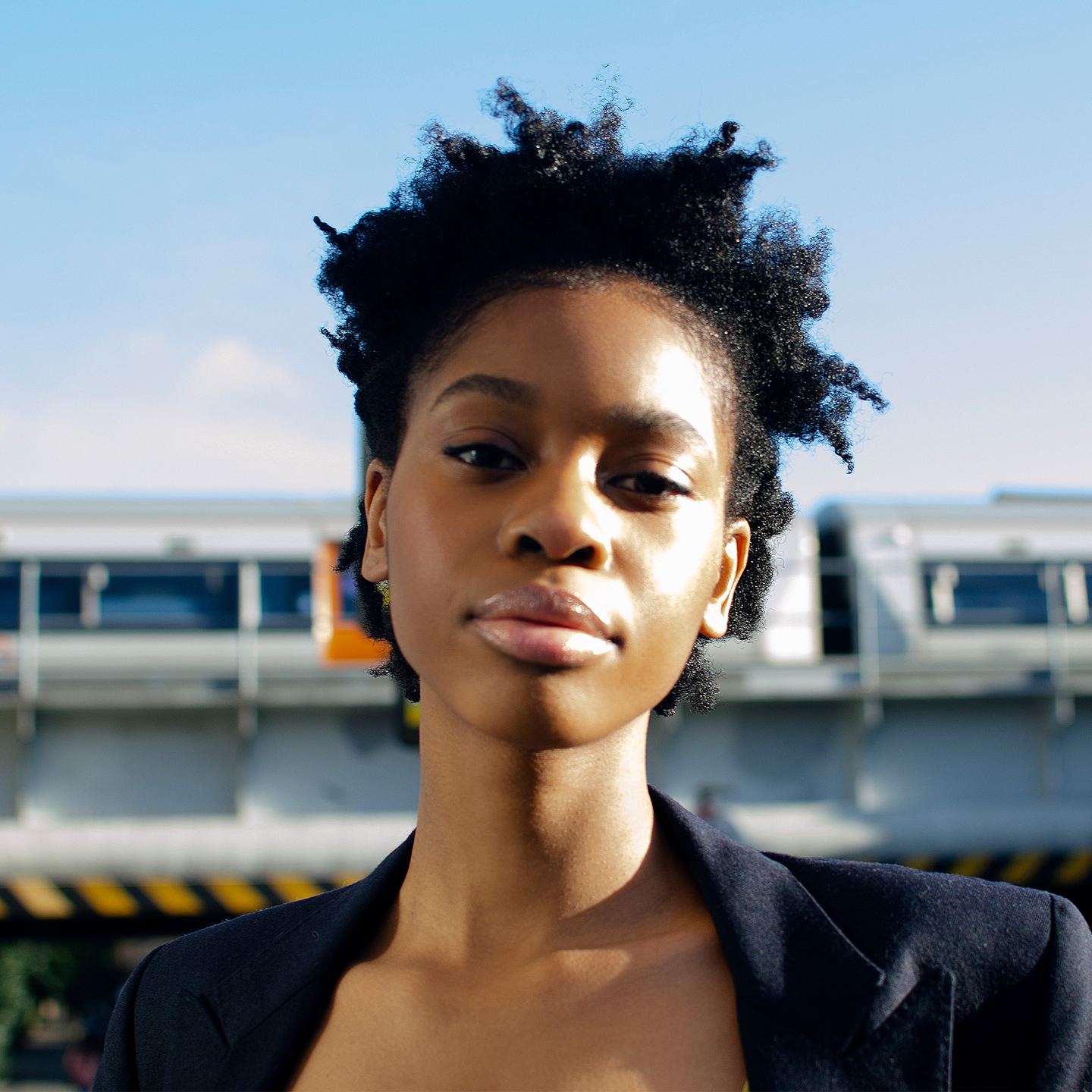
Everyone’s head of hair is so vastly different. From strength to length, texture patterns, density and thickness — there are countless variations to begin and endless ways to style the hair from there. To have a healthy relationship with your hair, you must first understand it. Decoding the texture type, finding a haircut that suits, then seeing how far we can push our hair colour before finding the best products to treat and style it.
Aside from the amount of curl or coil within your strands, the porosity and elasticity of each hair can impact your routine, requiring a specific regimen of products and habits to find a style that suits. While chatting with your stylist and testing different products and methods are essential, we’ve got a few guidelines to help you begin the process.
Get To Know your Texture Type
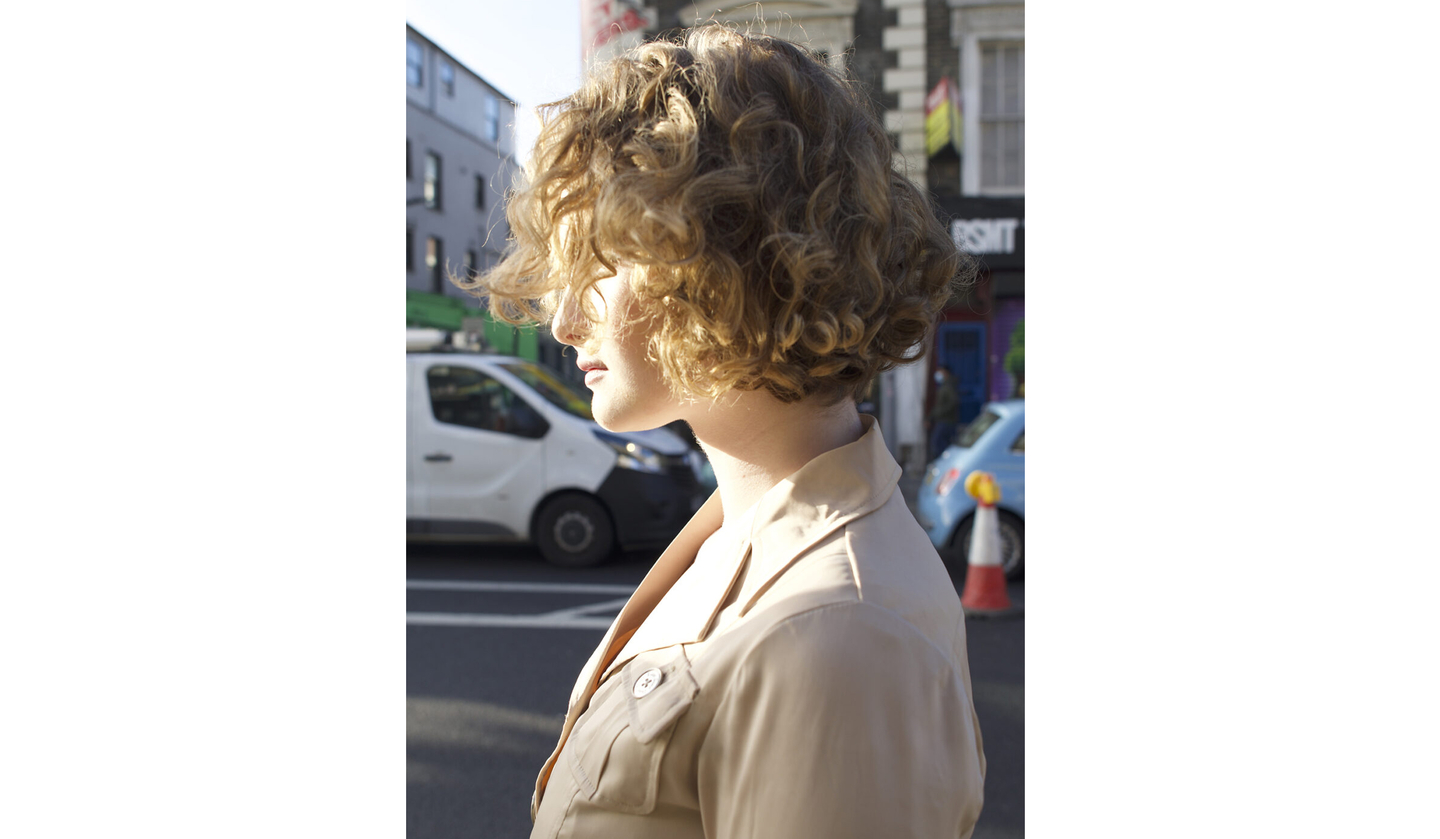
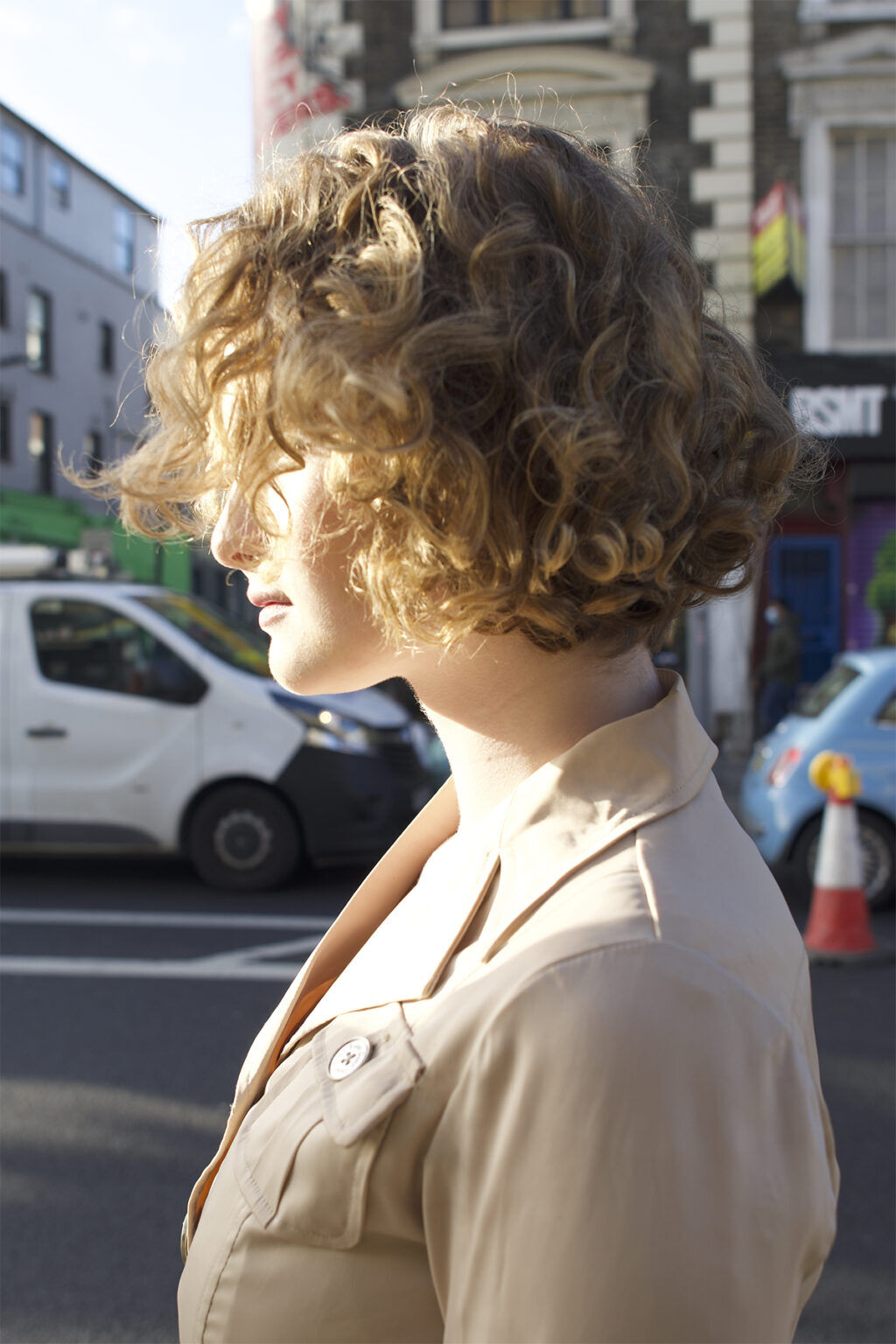
With moderate body and movement built in, CURLY hair types can range from closed waves to open S-shaped curls. They have a more defined pattern than wavy hair and can have texture that begins curly at the new growth with loose loops or waves toward the ends. With less defined texture than other hair types, it is characterised by alternating patterns that are prone to frizz so moisturising and nourishing haircare is key. The circumference of these curls is looser than other types around the new growth, so CURLY requires volumising products and curl definition through manual manipulation like finger twisting to thrive.
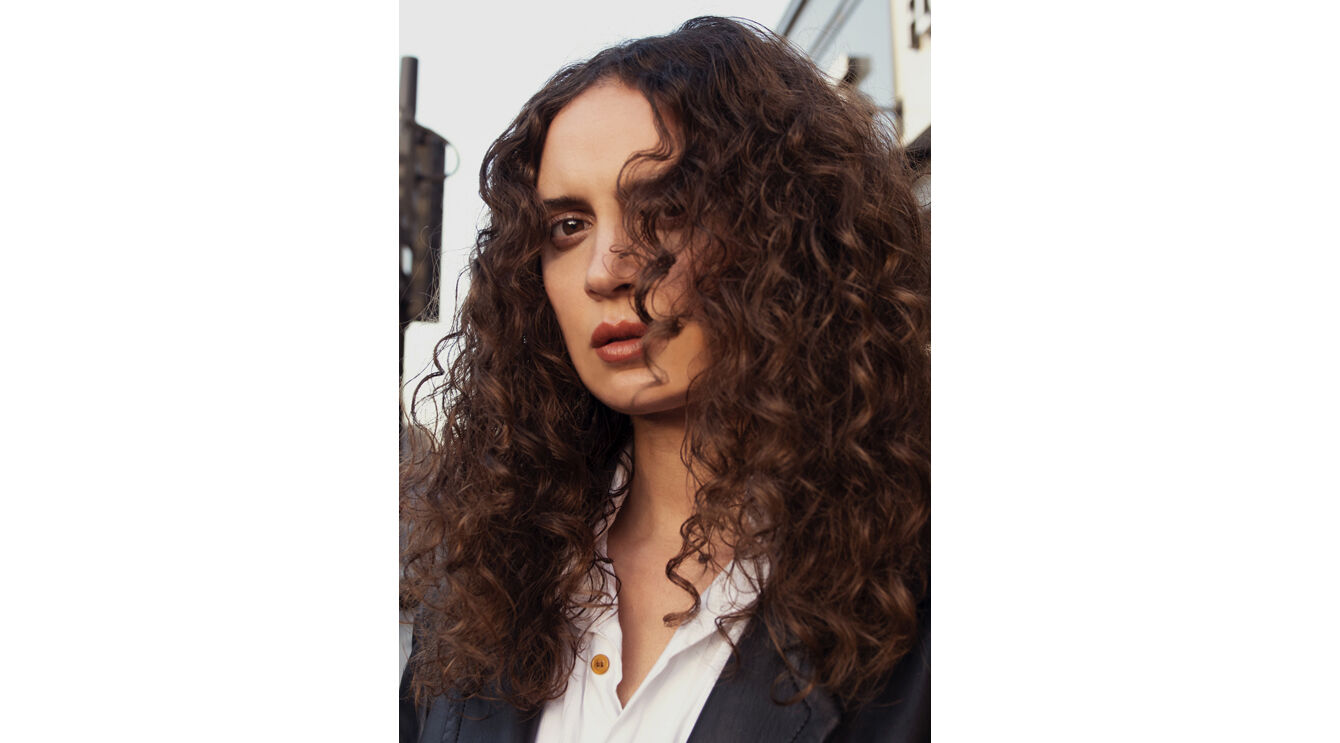
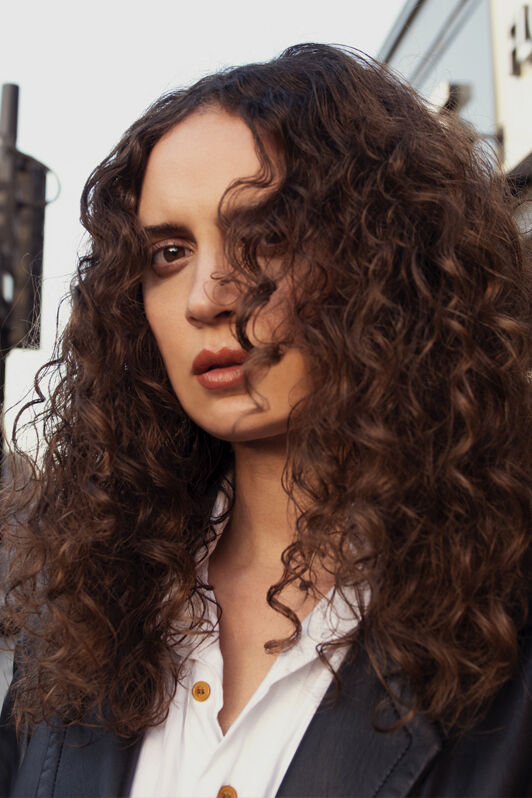
Defined by a mix of curl patterns and raised cuticles that is likely to frizz, MORE CURLY hair can be filled with loops and spirals with curls starting directly at the root. Usually, with a circumference closer to a pinky finger, despite density or length, they have more spring and bounce to them. Moisture should always be part of your routine, and diffusing hair upside down will help enhance your curl pattern. Because this curl pattern is more defined, it takes less effort to enhance, but once dry, avoid touching or raking through to steer clear of frizz.
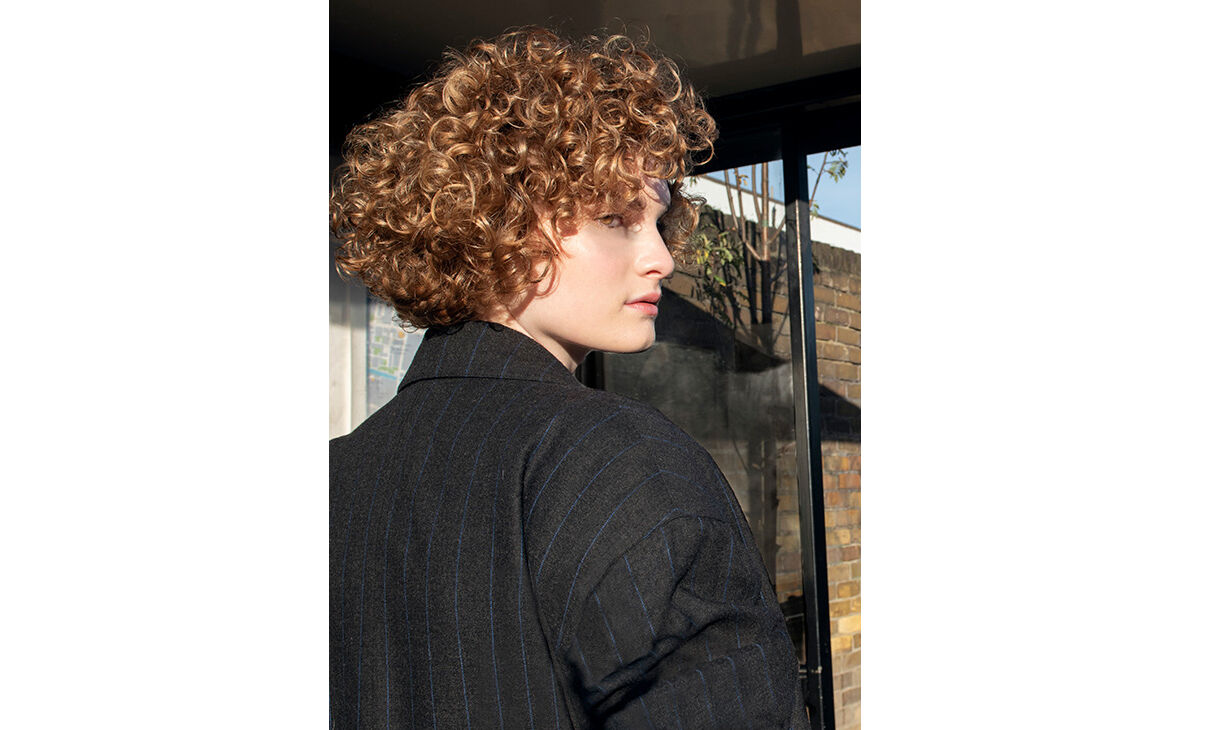
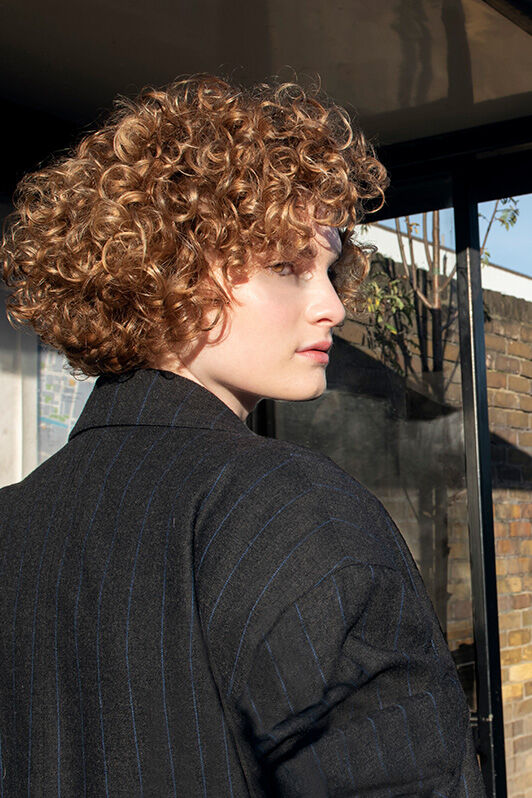
Clearly defined tight, springy curls that often include corkscrews, the pattern is compact and can easily be styled to create movement. With a width around the size of a drinking straw, MUCH MORE CURLY requires an individualised approach to create definition and enhance the silhouette. This type can be on the dry side and is prone to breakage, so it will require a fair amount of treatments and prep to create a polished finish.
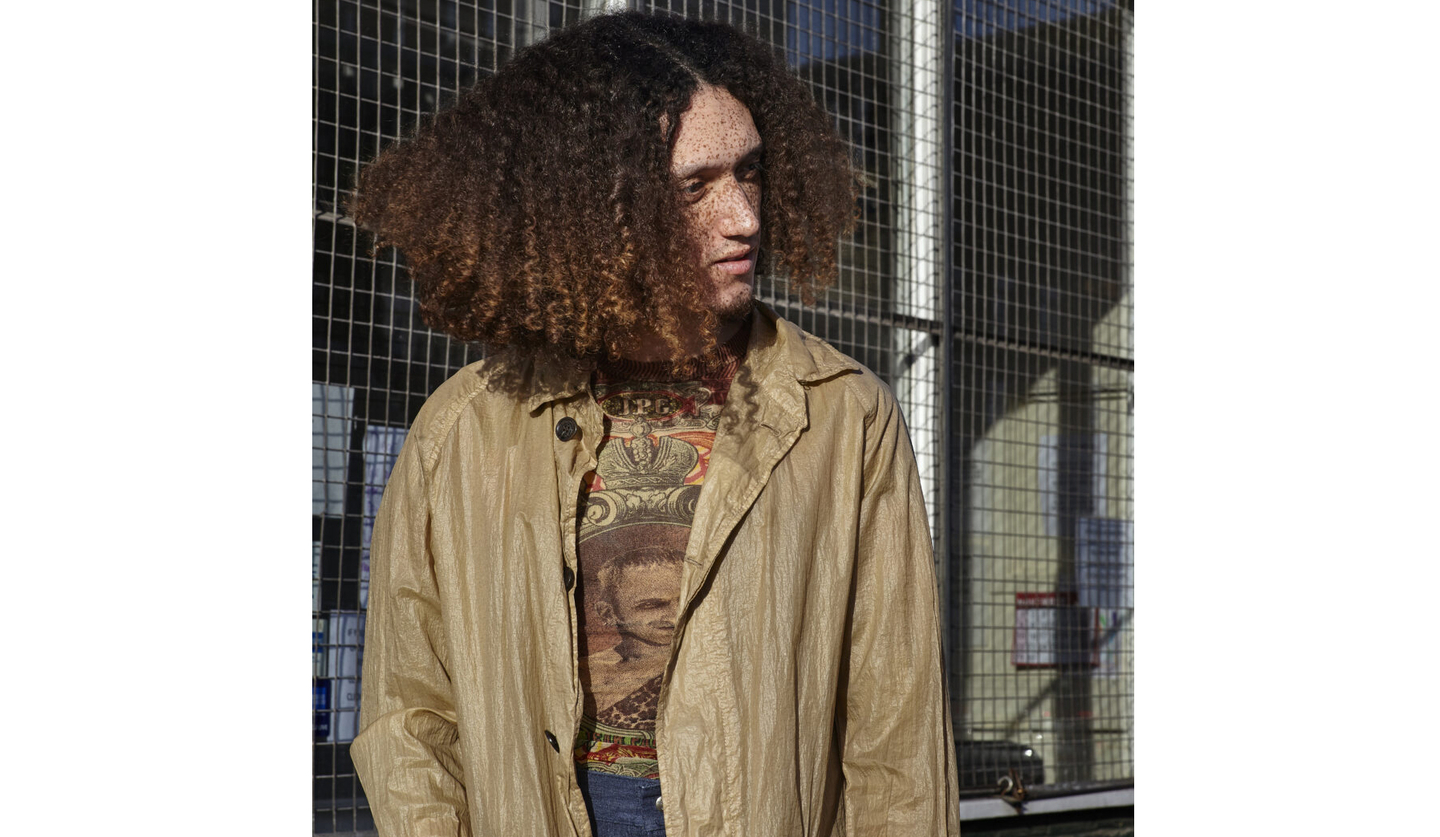
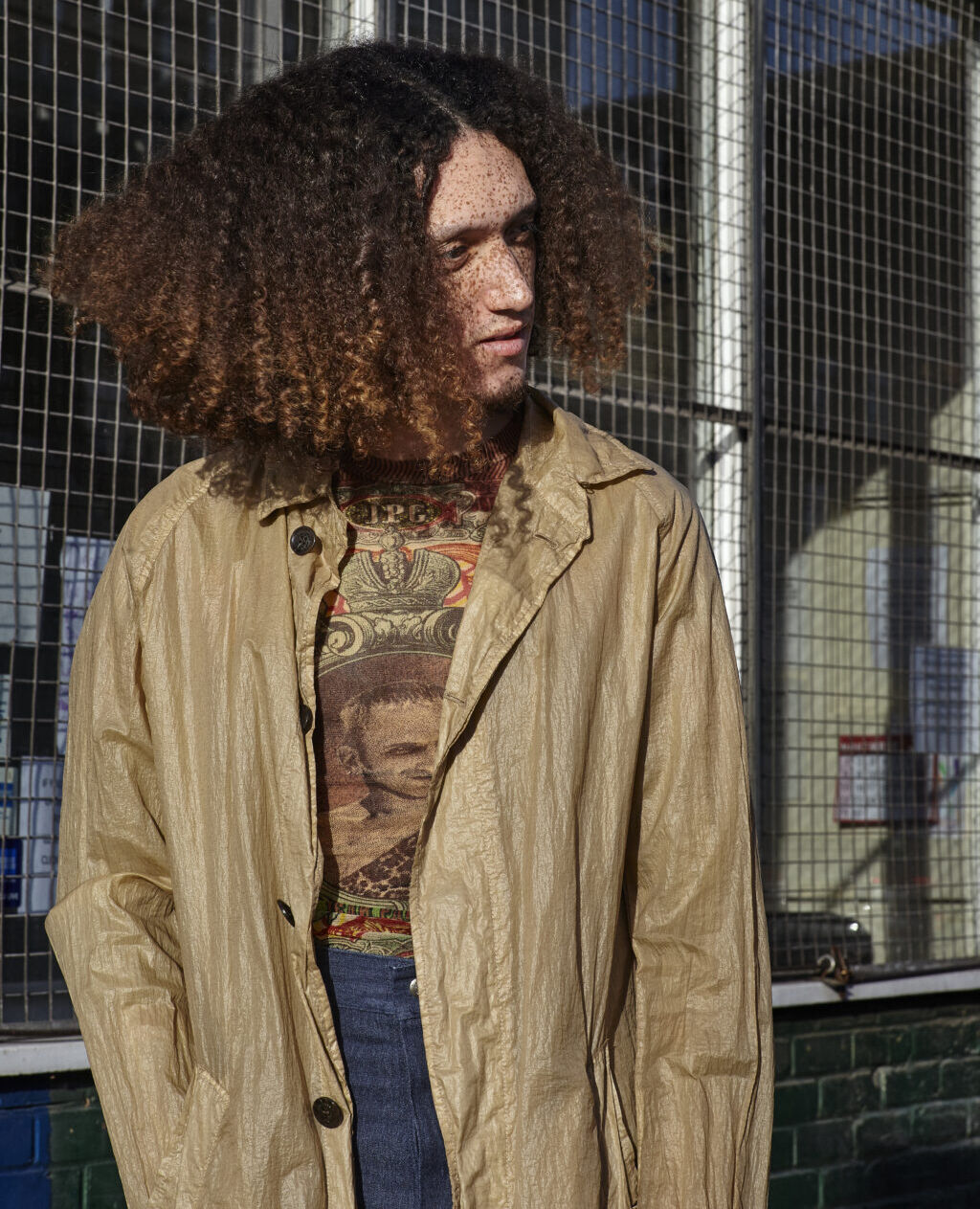
With a distinct S-shaped pattern, COILY hair starts with medium coils close to the scalp. This type will normally have natural volume, but it is compact with a moderate bounce. With a circumference that can wrap around a chopstick, this type tends to frizz and can have a raised cuticle that can make locking in moisture challenging. Layering products for both condition and styling are essential to keep this fragile type in shape. With the right haircut, this type can easily wash and wear their hair as long as the products balance moisture while protecting from humidity.


This tight coil pattern starts very close to the scalp and continues to the ends with a zig-zag style. Fragile and easily tangled, this type can experience a fair amount of frizz and can resist moisture absorption. For this reason, moisture treatments should be woven through the entire styling process from start to finish. MORE COILY hairstyles beautifully when accentuated by twisting into shape using gels and layers of highly nourishing products.
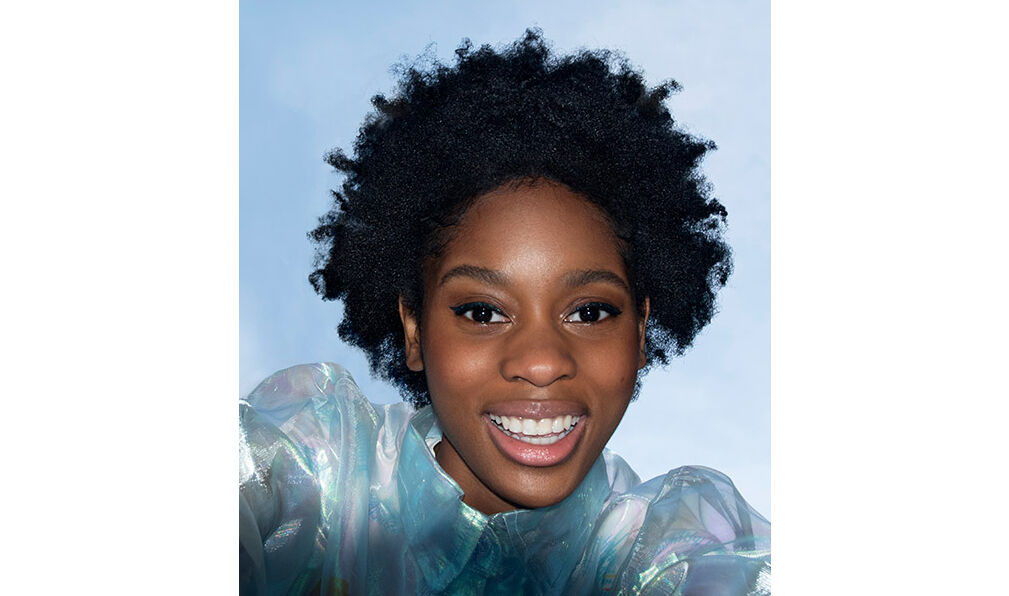

This extremely tight coil pattern can also feature zig-zags and is characterised by interlocking coils with tons of volume. With a high level of bounce yet minimal elasticity, MUCH MORE COILY will spring back into place but can easily become tangled, frizzy, and easily damaged when combing or styling. Like colour-treated hair, tight coil patterns need a mixture of moisture and protein to thrive. While they are resistant to moisture absorption, they benefit from protective styling with little to no heat.


